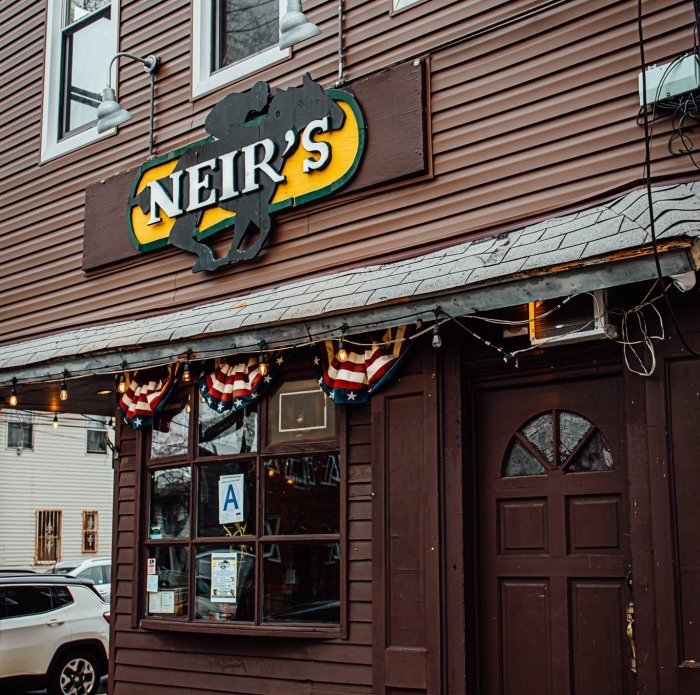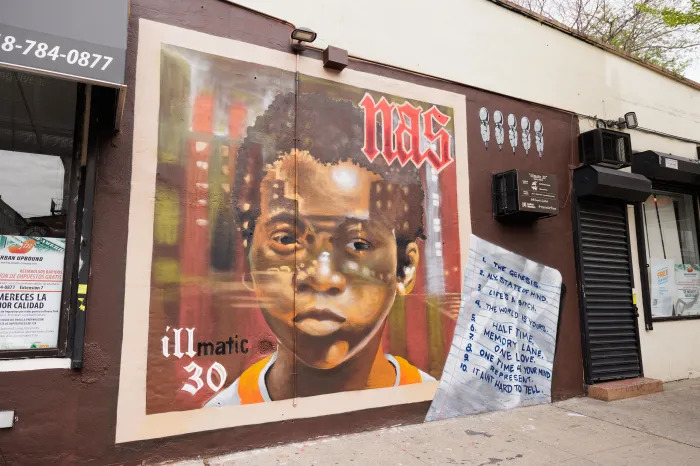Yes, I have tricks in my pocket, I have things up my sleeve. But I am the opposite of a stage magician. He gives you illusion that has the appearance of truth. I give you truth in the pleasant disguise of illusion.
Those opening lines, as you theater mavens will know, are from “The Glass Menagerie”, by Tennessee Williams, perhaps America’s greatest poetic playwright. But the chances of your getting to see a Queens production of one of his plays are slim at best. The same is true for the works of Edward Albee, David Mamet and a few others. And it’s all due to copyright protection and the whims of playwrights and their agents.
In order to produce a play — whether you’re a professional or an amateur, and no matter where you do it — you have to get the “rights.” Intellectual property is the source of a lot of legal intrigue, leading to a lot of litigation, and boosting the incomes of those few lawyers who actually understand this stuff.
An author, an inventor, a photographer or anybody else who creates something has an ownership claim to his or her ideas and work product. If it’s a play, getting the right to produce it requires you to get written permission. And, as you can guess, that will cost you. However, if a play was published before 1923, it’s most likely in the public domain, meaning you can use the material without having to pay for it. So Shakespeare, Chekhov and all the classics are free to all.
Seems simple enough, but from 1923 on lots of different rules apply, and you might have to hire that intellectual property lawyer to figure it all out. Better yet, pay the royalty, if, in fact, you can get the rights. If you’re a non-professional, you may get turned down more often than not, since the royalty payment is comparatively small and the playwright’s (or his or her estate’s) representative may be overly protective of the commercial value of the property, especially in such cities as New York, Chicago, Los Angeles and Toronto. It’s real easy for an agent to say no.
Copyright rules are complex. For instance, Sir Arthur Conan Doyle’s character of Sherlock Holmes has been in the public domain in Britain since 1980, but here in the United States it’s another story and his heirs must be compensated. You may be familiar with the “Balloon Dog” sculpture by Jeff Koons, particularly if you’ve been to the roof of the Metropolitan Museum of Art, but don’t try to copy it unless you want to wind up in court. And be aware of Getty Images which claims to have ownership and control of almost 25 million digital images — if you use one without permission, look out.
My most recent favorite copyright saga concerns the “Hope” campaign poster of Barack Obama. (This is when we had a lot more hope and well before the recent debt ceiling debacle, the reality show to end all reality shows.) Created by so-called street artist Shepard Fairey, the poster, now in the National Portrait Gallery in Washington, D.C., caused a two-year legal battle (recently settled). It seems the poster was based on a photo taken for The Associated Press, which said it owned the image and this was copyright infringement. Mr. Fairey said it was “fair use”, a limited exception to copyright law. (I can’t tell you anymore — I’m still trying to figure out the rules of the Tour de France.)
The lesson to be learned, of course, is try not to get caught if you’re using another person’s creation without permission, and always have handy the number of a good attorney.
Contact Ron Hellman at RBH24@Columbia.edu.
































